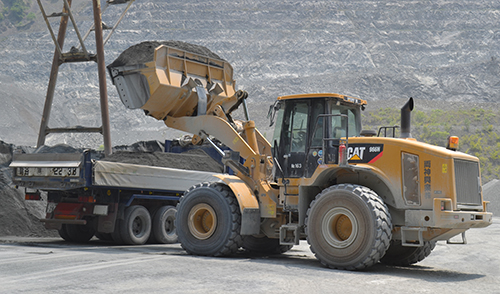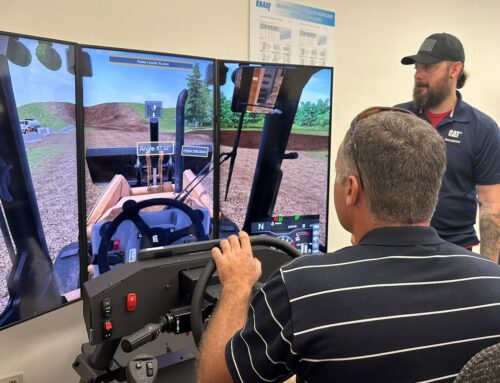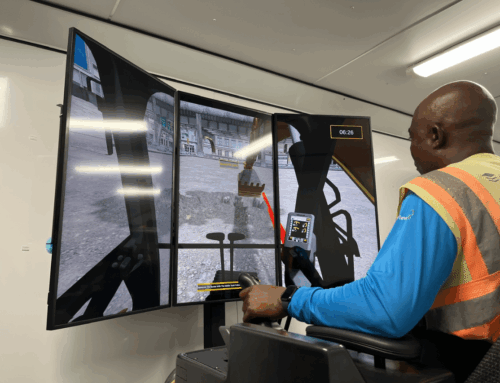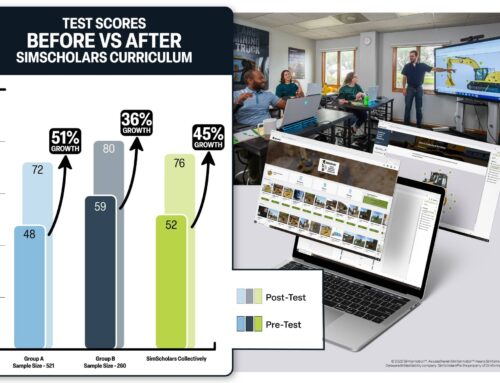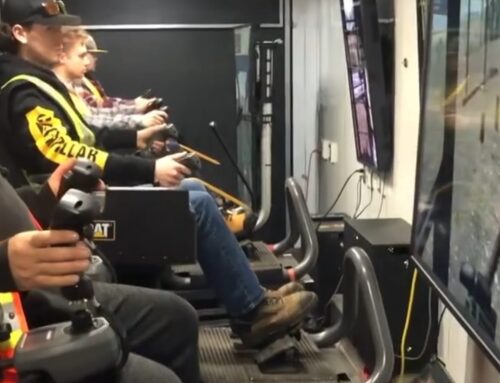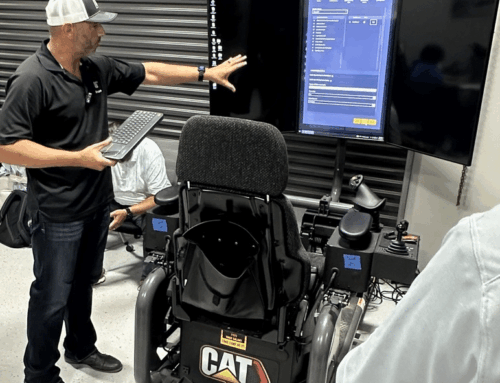As part of its Asia Pacific Quarry Days last month, Caterpillar hosted a trade press roundtable with some of its key representatives in Tokyo, Japan. Among those participating from Cat for the June 3 event were Felice Stocco, product application manager, global construction and infrastructure; Phillip Pollock, general manager, marketing, global construction and infrastructure for Asia Pacific; and John Fallows, general manager, construction and infrastructure for Greater China and Korea. The two addressed the company’s response to experienced operator shortages in the United States and around the world, as well as the prospect of the company’s hybrid technology in its 336E H excavator.
P&Q: Caterpillar has described there being shortages in experienced operators in a number of countries, including the United States. Can you explain the breadth and depth of this shortage and how, if at all, Cat is addressing it through the research and development of new technology?
Stocco: Back home in Australia, people head into mining. But by the time you train that inexperienced miner, you’re losing productivity because you need time to train that person. That’s their biggest challenge. In Asia I’ve found that operators are not experienced as in other areas. I’ve seen them operate in the U.S., as well.
Customers ask how we can help make their operators better. The answer is in your own backyard. You get your own best operator and get them to teach others. When you bring other people in to train, there’s been nervousness there; they’re not one of their own. Whereas if you get one of your own, there’s more of an ease there.
We still support these customers through our dealer network. Cat has licensed guys on particular machines go out, assess and test the customer. One of the biggest things I’ll ask is if you have an operator who is 75 percent efficient. Most customers say yes. Then that operator has 25 percent improvement in them. How do you get 25 percent improvement? It’s through training via their best person or through our training effort.
Pollock: We’re seeing an increasing use of simulators. The old approach was to stick a person in your oldest machine and let him have at it. Now we can put them in simulators in a controlled environment. You’re not
But there are also internal programs. Think of it from a product perspective of joystick control, simplifications in control. It is about bringing technology to bear because of the generational shift we see. It fascinates me that anyone using an [iPad] who’s 14 to 18 can operate it better than anyone. The kids of today are the operators of tomorrow. They’re looking for that technology for tomorrow.
Think of technology in terms of diagnostic capabilities: idle time, production time. You can map that against other machines to determine the capabilities of operators. That’s where all of this industry is starting to come together. It’s very much about looking for operators to improve the efficiency of jobs. At the same stage, we do need to consider the next generation of operators.
P&Q: Now that Caterpillar has launched the 336E H hybrid excavator, is there potential for applying this technology to other Cat excavators and across the company’s product lines? Also, what impact do you anticipate the hybrid technology having on the existing excavator market?
Pollock: In terms of scalability across product lines, we have to look to see if that technology would transfer. Would you have that same kinetic energy system on a wheel loader? Each individual product platform will have some degree of commonality, but [the technology] will be unique to the product capability.
The excavator industry has probably been one step behind. In general, you’re going to see the industry aimed at reducing fuel consumption because of the impact on the customer’s bottom line. Fuel is not getting cheaper, and customers want to minimize that. Industry in general is going to look for technology as a means to improve efficiency. Engine efficiency is still a core component of that. The next generation is looking for further fuel-efficiency benefits through valve configurations and all of those smaller pieces that are about getting systems to work together.
Fallows: In the past, you used equipment flowing from one country to another. As we move forward with new emissions standards, that’s going to impact typical economics. That’s going to impact rental companies. Over the next few years these changes in technologies and emissions standards are going to create a whole new dynamic in our business, and it’s causing customers to think of their new business model.
Writer: Kevin Yanik
Source: http://http://www.pitandquarry.com/training-technology-key-to-overcoming-operator-shortage/


